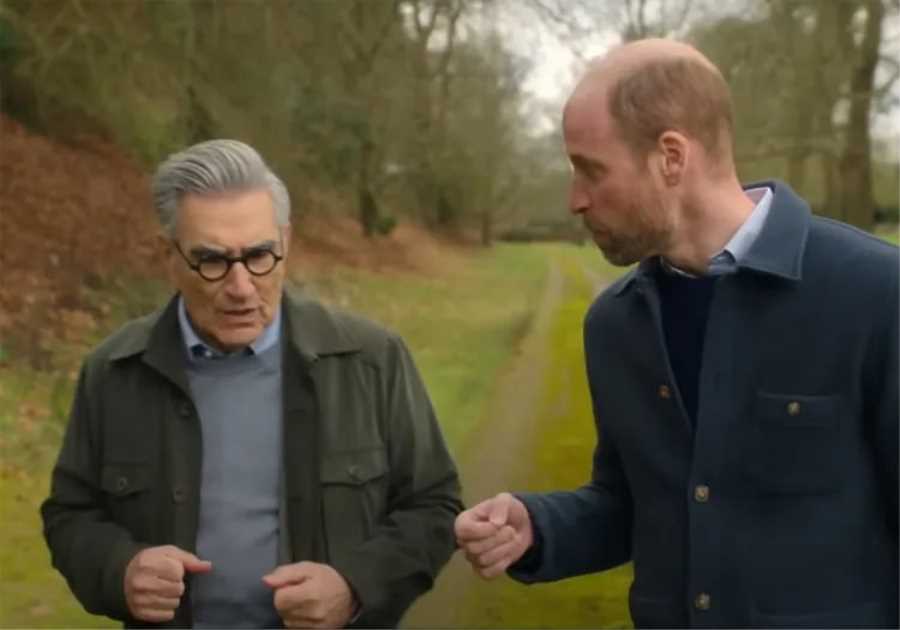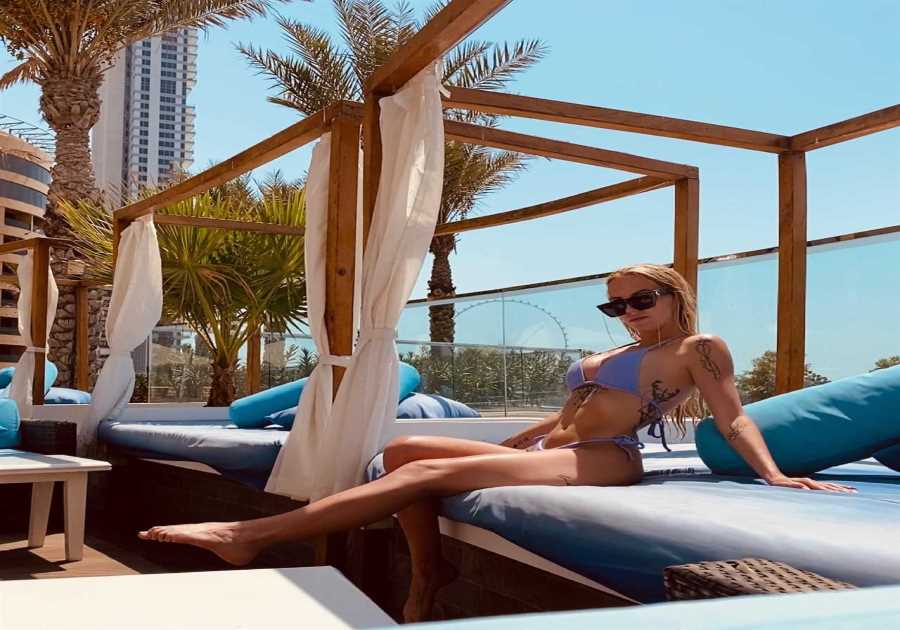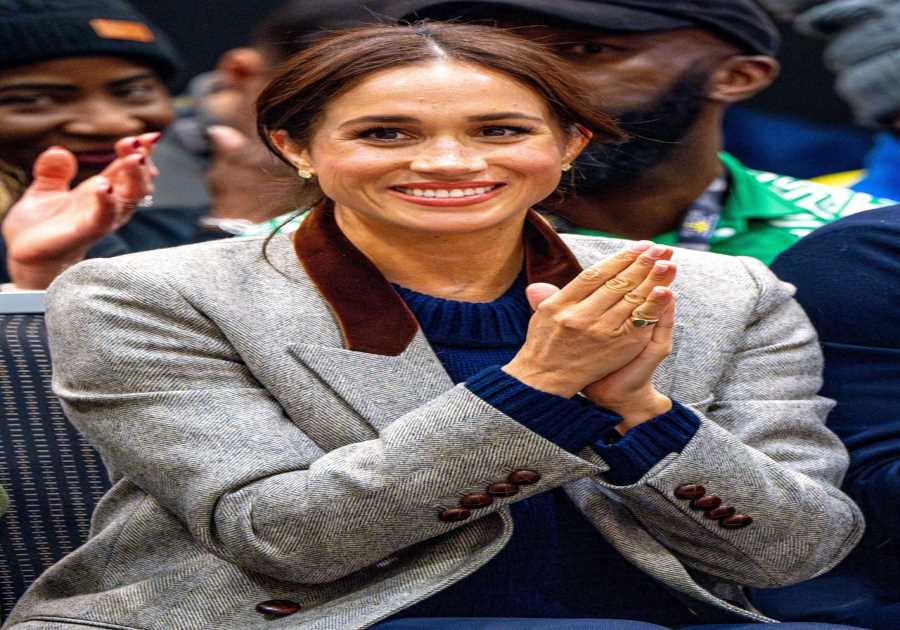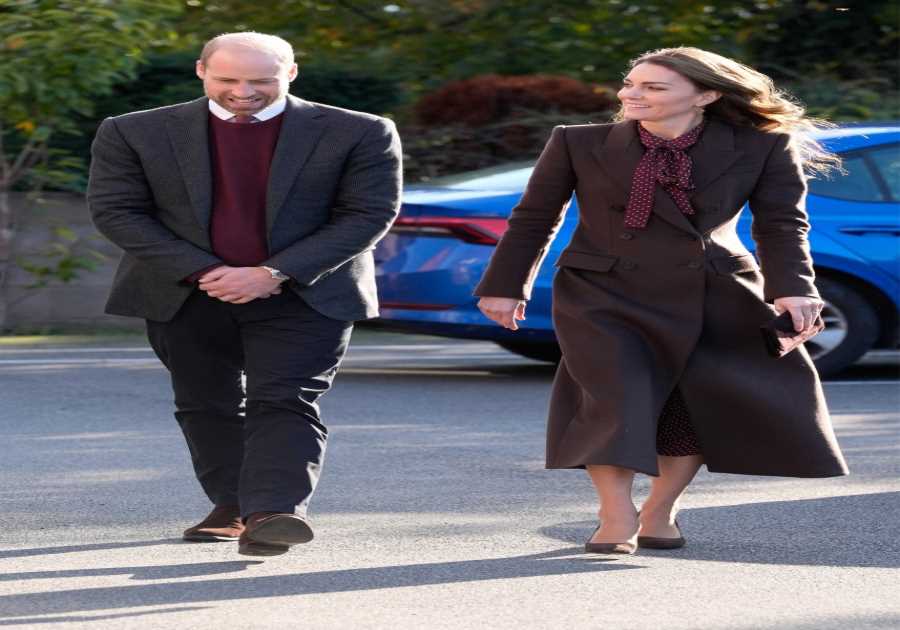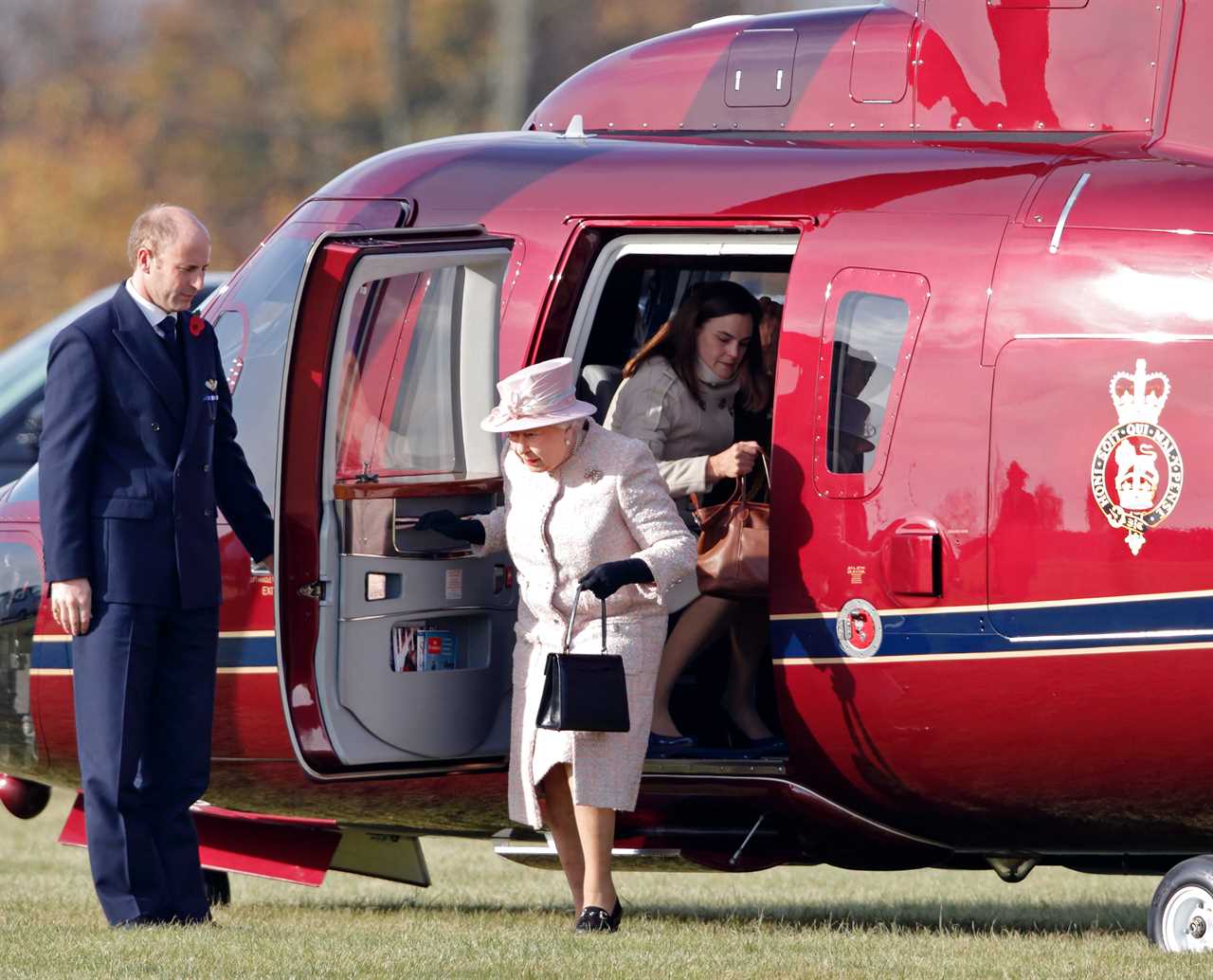
In a significant move, King Charles has decided to part ways with Queen Elizabeth II's luxurious Sikorsky helicopter, marking the end of an era in royal aviation. The sale of this iconic eight-seater chopper, boasting a plush interior fit for royalty, signals a transition towards more environmentally conscious air travel with the acquisition of two eco-friendly Leonardo helicopters. As the late monarch's cherished aerial companion is put on the market, a glimpse into its opulent design offers a window into a bygone era of regal transport.
The Legacy of Royal Air Travel: A Closer Look
Amidst the opulence of grey leather and suede seats, royal blue carpets, and bespoke amenities, Queen Elizabeth II's Sikorsky helicopter embodies a chapter of British royal history. With tinted windows, magazine racks, a cordless phone, and a wooden clock, this aircraft served as a symbol of status and functionality during its tenure as a vital component of the monarch's transport fleet. The upcoming sale of this distinguished helicopter not only marks a shift in the royal family's aviation preferences but also raises questions about the sustainability of luxury air travel in the modern era.
A Regal Transition Towards Sustainability
As the late monarch's Sikorsky helicopter prepares to change hands, the introduction of eco-friendly Leonardo choppers reflects a broader global trend towards sustainable aviation practices. With a growing emphasis on reducing carbon footprints and embracing greener technologies, King Charles' decision to embrace more environmentally friendly aircraft aligns with shifting societal values and the imperative to address climate change. This transition underscores the evolving priorities of the royal family and their engagement with contemporary environmental challenges.
Reflections on Monarchical Mobility: Balancing Luxury and Responsibility
Queen Elizabeth II's reliance on her Sikorsky helicopter for numerous official engagements raises intriguing questions about the intersection of luxury, efficiency, and environmental consciousness. While the bespoke design and comfort of this aircraft catered to the monarch's needs, the decision to upgrade to eco-friendly models prompts a broader discussion on the ethical dimensions of high-profile transportation choices. This shift invites us to ponder the delicate balance between regal opulence and sustainable practices in the realm of royal travel.
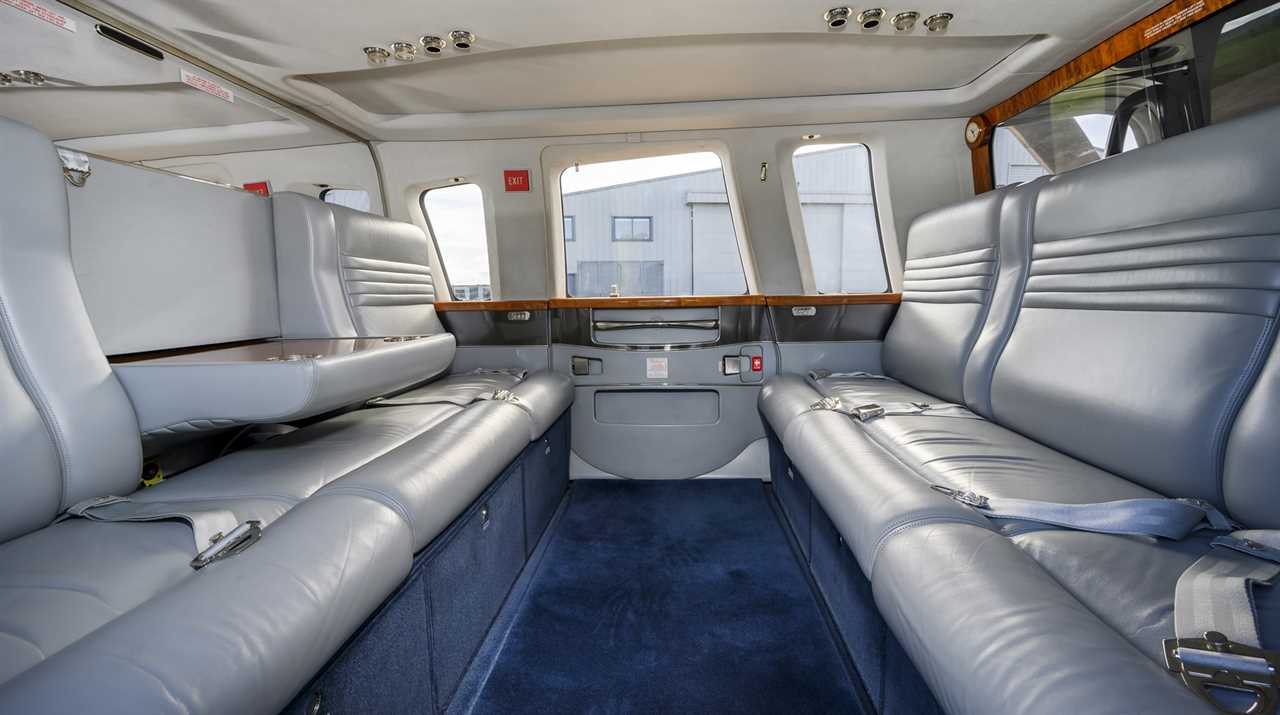
Legacy in Transition: Navigating Symbolism and Practicality
As Queen Elizabeth II's helicopter and customised Range Rover find new owners, the symbolism embedded in these iconic vehicles transcends mere material possessions. These transport modes, once integral to the late monarch's public engagements and private moments, now stand as artifacts of a bygone era, embodying the evolving narratives of royal legacy and environmental stewardship. The transition from traditional luxury to eco-conscious alternatives encapsulates a broader narrative of change within the royal household, reflecting a nuanced approach to modernising longstanding traditions.
In conclusion, the sale of Queen Elizabeth II's luxury helicopter symbolises more than a mere transfer of ownership; it signifies a pivotal moment in the royal family's journey towards sustainability and responsible aviation practices. As we witness the intersection of tradition, luxury, and environmental awareness in this transition, we are reminded of the intricate balance between heritage and progress that shapes the narratives of royalty in the contemporary world.

